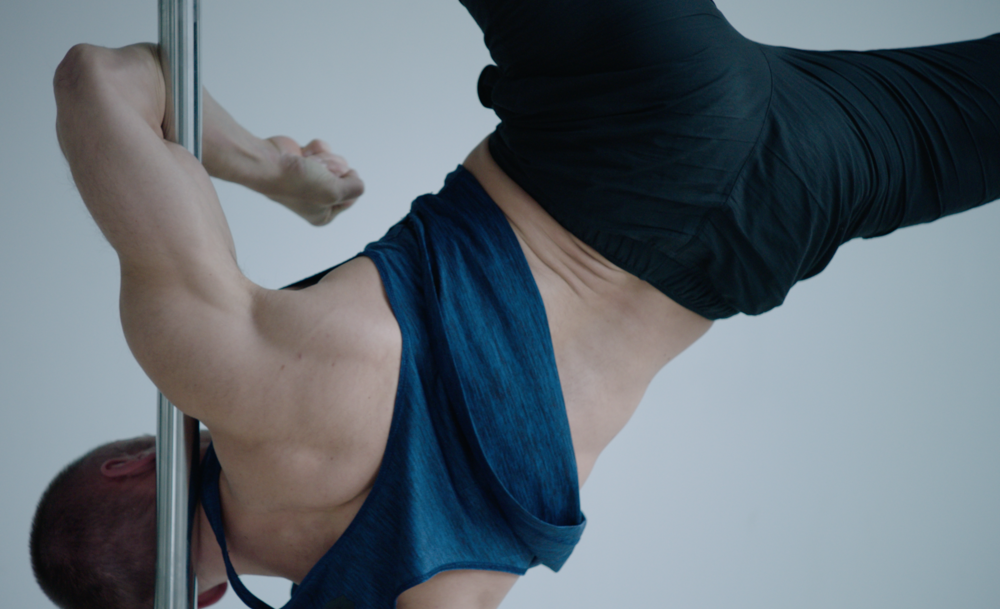DOUBLE FEATURE
For more than six years, the SCHIRN has served as a forum for national and international filmmakers and video artists. Under the heading Double Feature, the latter present a work from their own oeuvre, followed by their favorite film. Already, films and videos by more than 50 guests have been shown. Double Feature is designed as a platform for various trends and forms of expression in film and video production which, with the dawn of digitization if not before, is now considered an art form in its own right. On the last Monday of every month and in conversation with the curators Katharina Dohm, Matthias Ulrich and guest curators, the invited artists provide extensive insight into their creative work, especially their interest in film. In 2018 the audience can look forward to contributions from Mikhail Karikis, Pedro Barateiro and Mario Pfeifer among others.

RATHER THAN PRESENTING THE WORKS AS OBJECTS IN AN EXHIBITION ROOM, “DOUBLE FEATURE” CREATES A CINEMA-LIKE VIEWING SITUATION THAT FOCUSES SOLELY ON THE SCREEN.

MIKHAIL KARIKIS
Can noise influence sociopolitical and physical changes? Anglo-Greek artist Mikhail Karikis investigates the role played by sound and the human voice in shaping a sense of community. Karikis’ cross-media installations are based on long-term collaborations with children and young people. His work focuses on forging community and on the dreams of the coming generation.


PEDRO BARATEIRO
Language, technology, information, distribution – with his films, sculptures, performances and installations, Pedro Barateiro examines the mechanisms of post-capitalist societies that are inscribed in preconceptions, ideas and everyday life. Starting with the motifs of pop culture, historical facts, literary and theoretical texts and other materials, the artist investigates how constructed narratives influence and manipulate our reality.

Mario Pfeifer
Adopting a cultural-anthropological perspective, Mario Pfeifer’s video works explore the correlations identity and culture have with the socio-economic and socio-political structures of a huge variety of societies, frequently starting with a collaboration with local protagonists. At the same time, Pfeifer’s works, which hover somewhere between documentary approach and aesthetic staging, question the conventions of visual, cinematographic representation that underpin them.

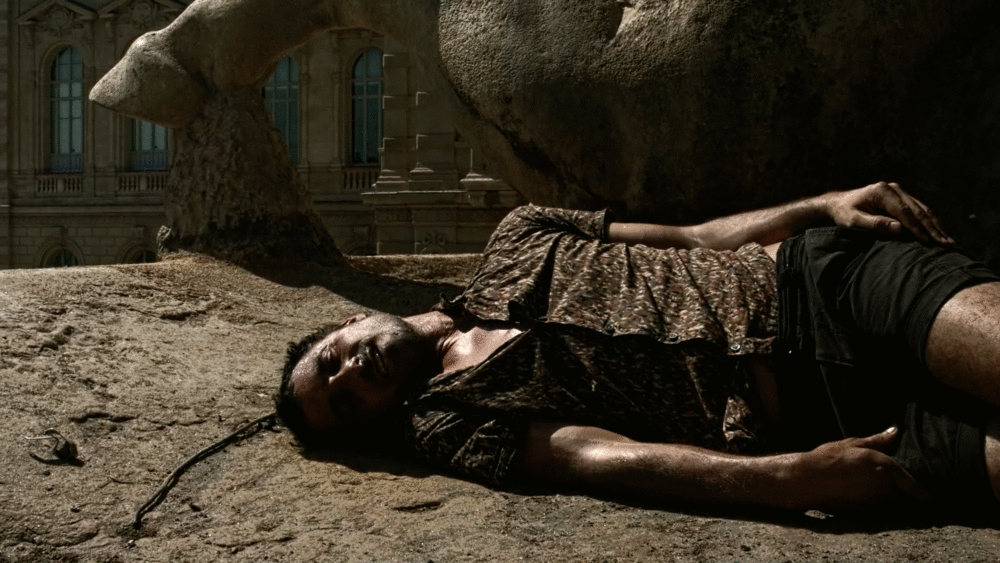

LIV SCHULMAN
Tirades about art, about the liberal market economy, about criticism of Marxism, or about psychotherapy gush from the monologizing protagonists in the films, performances and novels by Argentinian artist Liv Schulman (1985). The significance of what is said gets lost in phrases, becomes alienated, and ultimately culminates in the hopeless search for meaning.
ALEKSANDAR RADAN
Aleksandar Radan’s film pieces are based on modifications of existing computer games, a practice dubbed “modding”. Radan’s focus lies on the avatars he comes across in computer games: He modifies these and combines them with additional, found footage. The Offenbach-born artist is screening his film “This water gives back no image,” which won the prize for the best experimental film at the international Lago Film Fest in 2018.

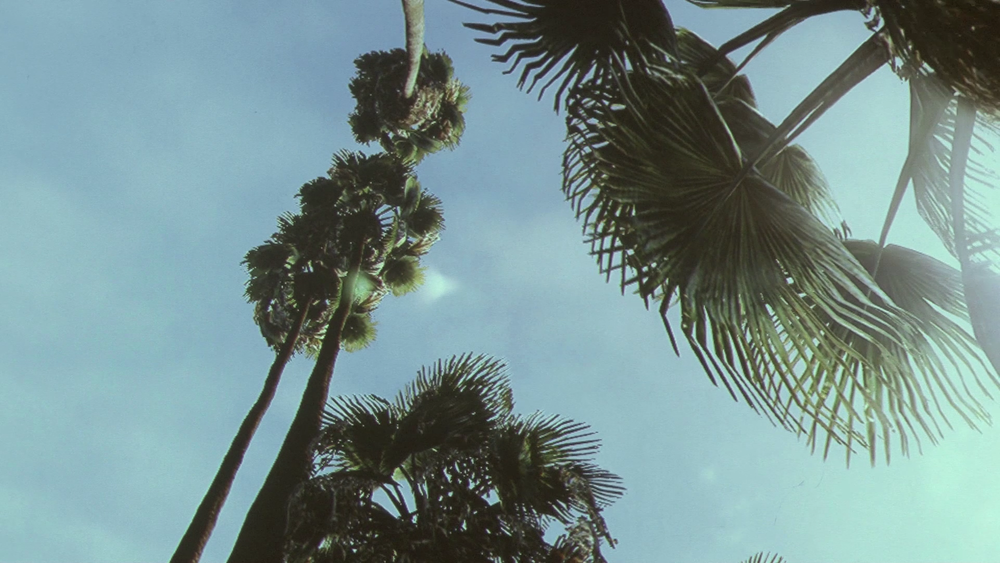
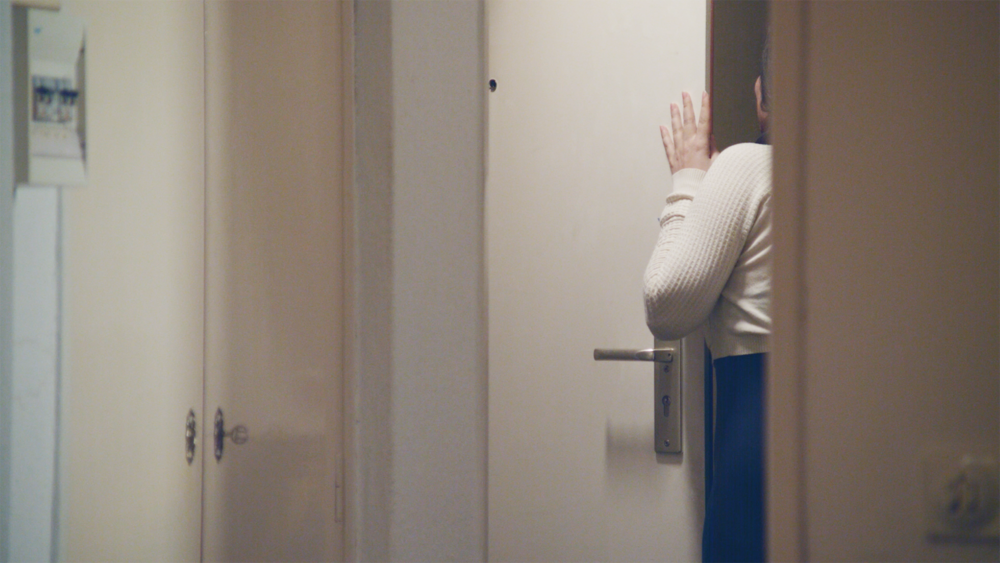

ROSA AIELLO
Literature and engaging with the possibilities of narration play a decisive role in Rosa Aiello’s works, which are a cross between photography, film and performance. Drawing on Patricia Highsmith’s “Little Tales of Misogyny”,Aiello has produced a series of photographs and the film “The Coquette”. In the latter, she presents stereotypical female figures and the power relationships between the sexes, in the process concentrating on the meaning of language.
GERARD BYRNE
Gerard Byrne analyzes the construction of images, how they are conveyed, and how collective moments are created. His pieces are often based on photographic material gleaned from magazines from the 1960s through to the 1980s, which assert a new presence of their own in his filmic and photographic realizations. Byrne’s film “In Our Time” (2017), which was on view at Skulptur Projekte in Munster, evidently does not take place in the current world despite being created using cutting edge film technology.
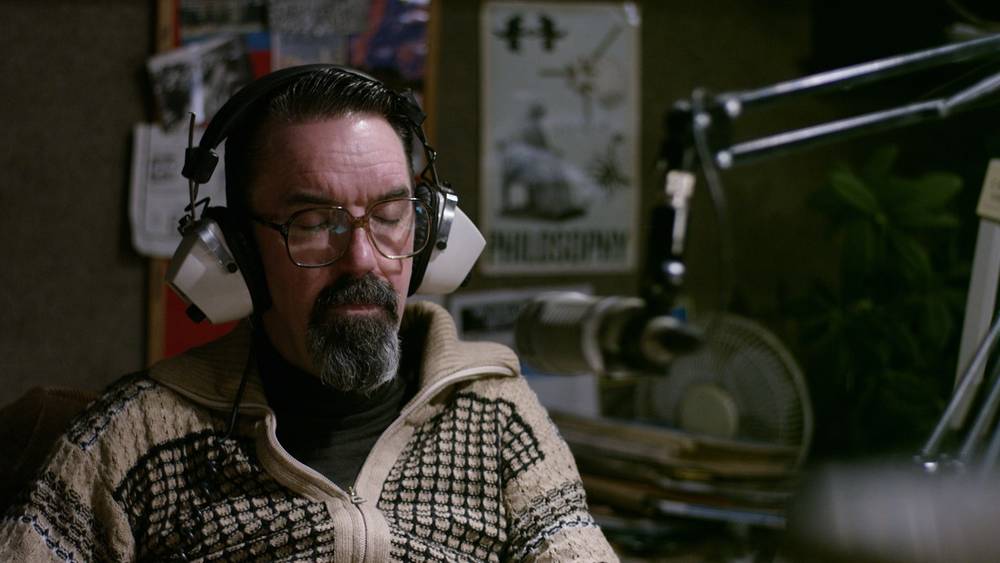

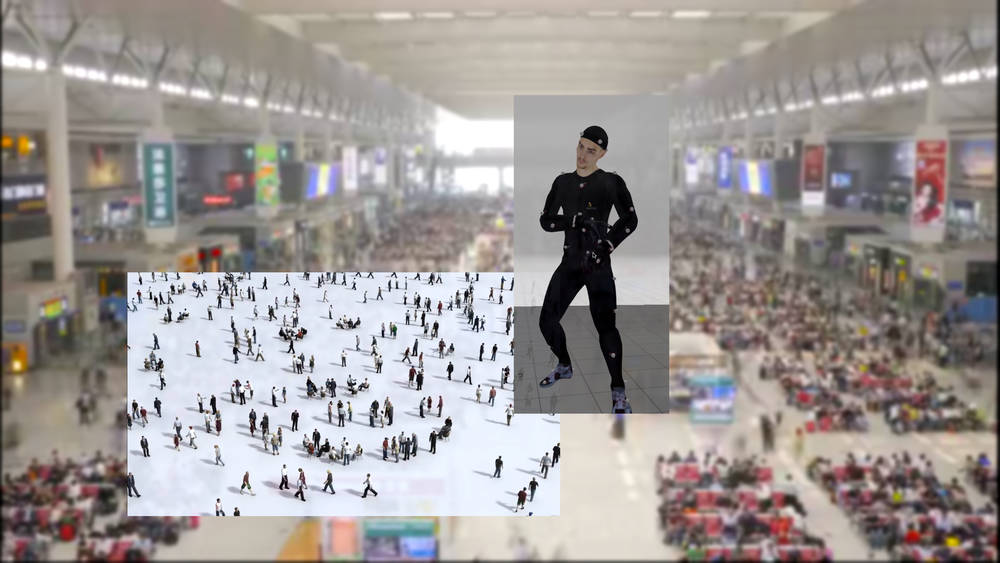

CLEMENS VON WEDEMEYER
In his video piece “Transformation Scenario” (2018) Clemens von Wedemeyer explores to what extent simulated life generated by computer algorithms affects how we perceive crowds, as well as how it might influence society. Simultaneous sequences of real and fictitious images combined with virtual scenes from a crowd-control software program produce a narrative in which simulated life becomes the ideal.
DAMIR OČKO
Damir Očko’s works “Dicta I” and “Dicta II” revolve around the complexity of language. “Dicta I” is based on Bertolt Brecht’s autobiographical work “Fünf Schwierigkeiten beim Schreiben der Wahrheit” (Five Difficulties in Writing the Truth), which he wrote in exile having fled the Nazi regime. “Dicta II” is constructed around a number of “safe words” – code words intended to ensure sexual practices are immediately discontinued.
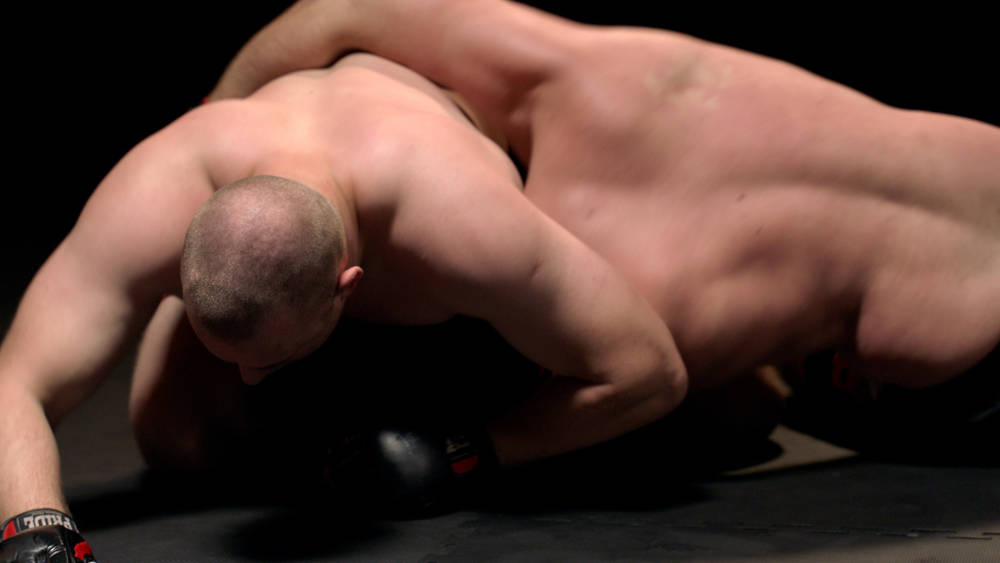
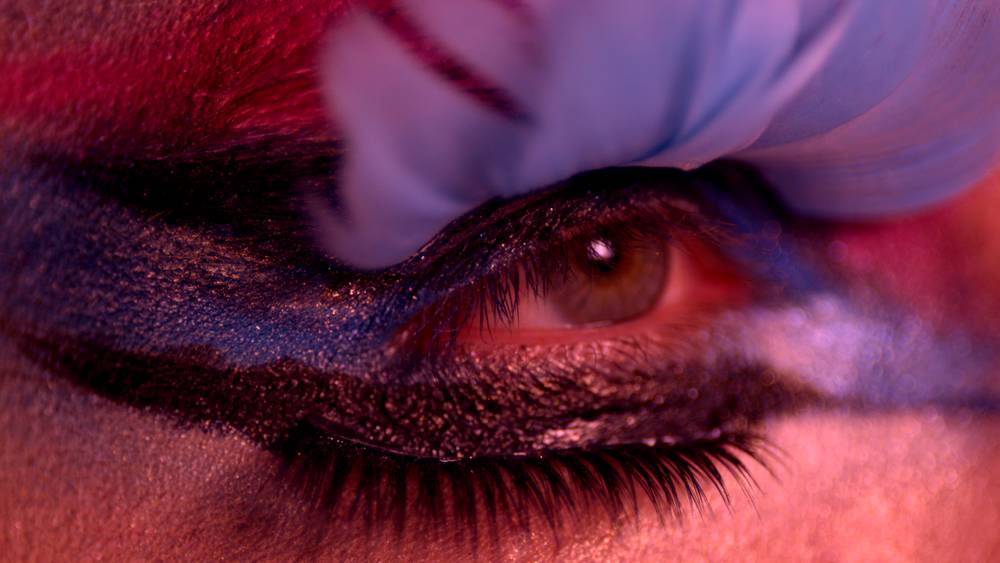

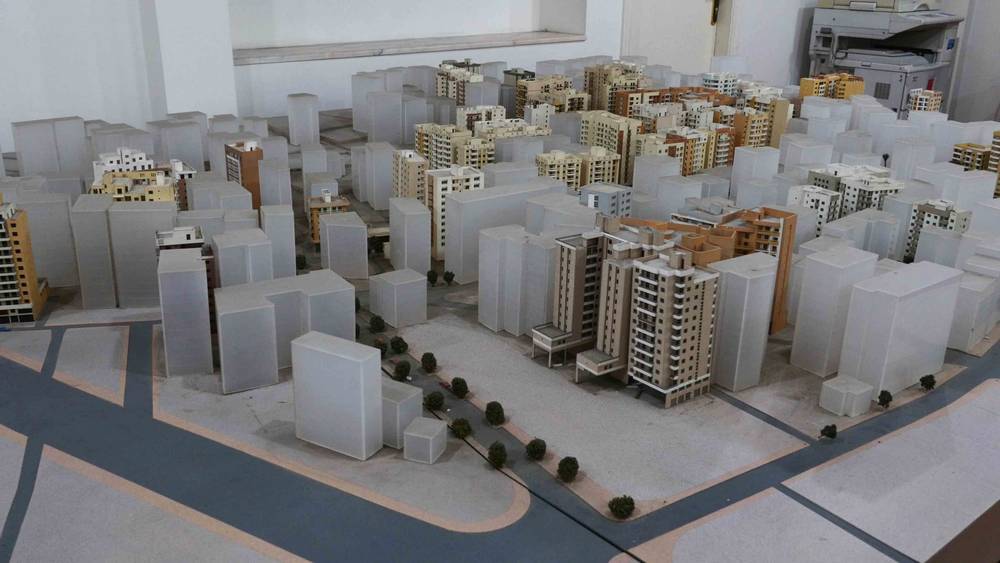
SANDRA SCHÄFER
Based on on-site research, “Constructed Futures: Haret Hreik” is a video installation in which Sandra Schäfer addresses the relationship between memory and reconstruction in the Haret Hreik district of Beirut. The latter was destroyed by Israeli air strikes in 2006 and subsequently swiftly rebuilt by Hezbollah. This reconstruction project is part of an armed conflict and geopolitical constellation in which architecture is involved in creating space, landscape and memory.
SHEN XIN
Shen Xin’s film “Warm Spell” takes a sensitive, sensual approach to the economic, ecological and cultural changes currently being experienced in the Thai island of Ko Yao Yai. Periods of drought and flooding, investors and migrant workers, tourists from Europe and Asia are currently changing the life there. Taking documentary material as her starting point, Shen Xin weaves a dreamy, surrealist tale about a ghostly presence on the island which combines the experiences of local protagonists with intimate, personal impressions of a journey.

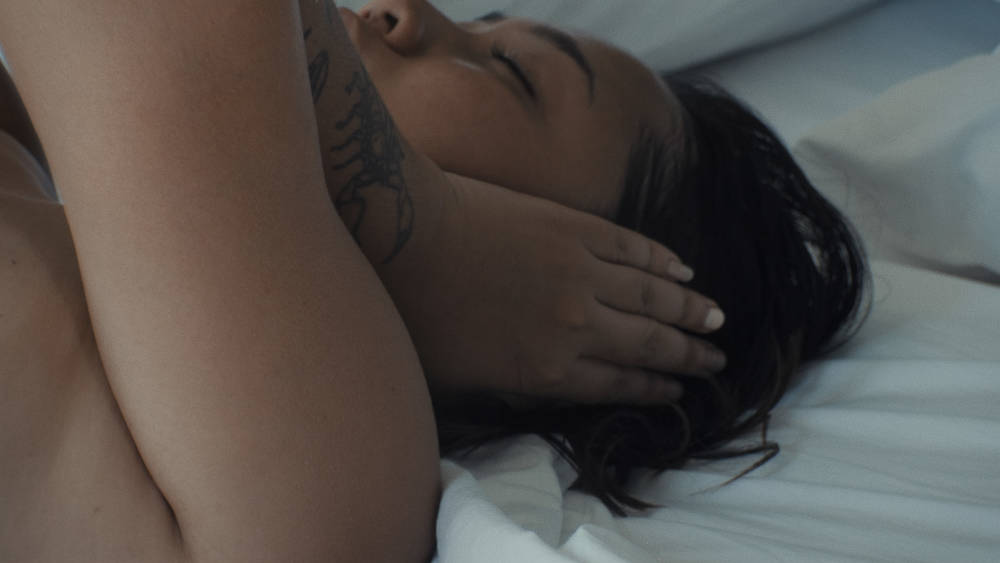
HANNAH PERRY
“Could I have said one small thing to make you happy?” In her work “Gush”, Hannah Perry comes to terms with the sudden loss of her boyfriend. She investigates the question of just how to reflect on feelings, memories and traumas in a post-humane society. To do so, using her own personal experiences as her starting point, she develops a loose network of references which she uses to illustrate sociocultural parameters.
